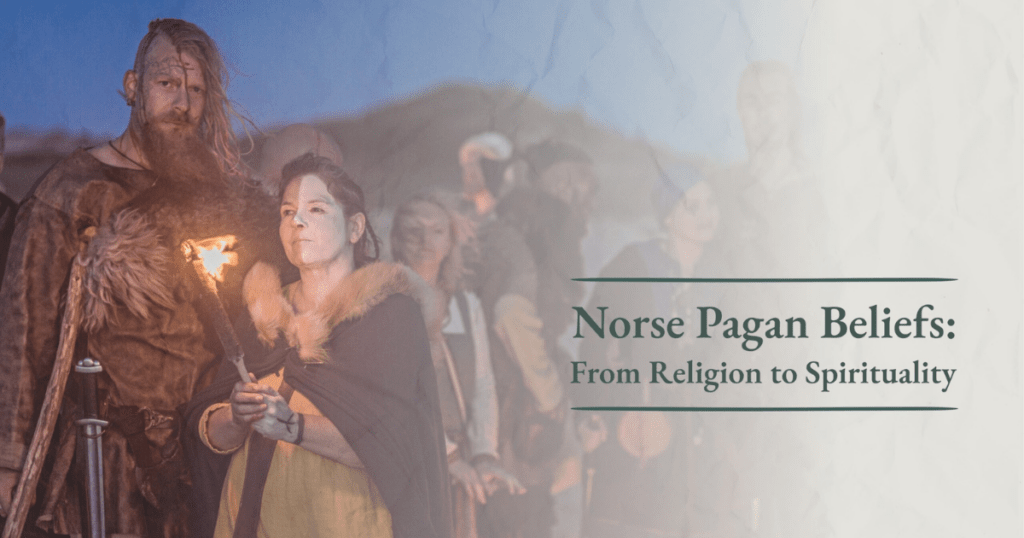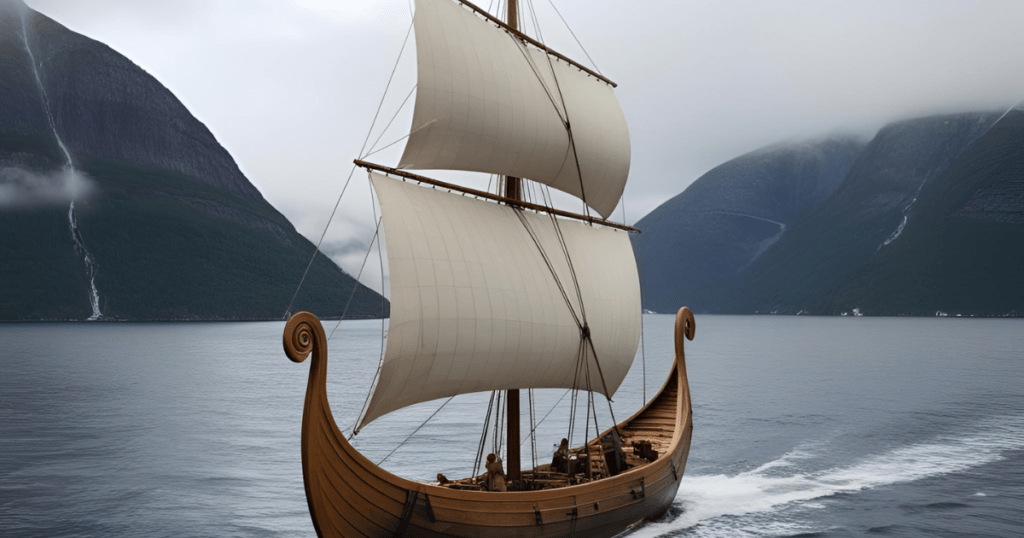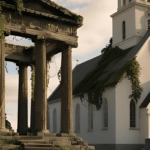The Norse Pagans, also known as the followers of the Old Norse religion, lived in a world where the divine and the earthly intertwined.
Their beliefs, steeped in mythology and oral traditions, shaped their daily lives, guiding them in war, exploration, and survival. At the heart of their faith were powerful deities, intricate rituals, and a deep respect for nature and fate.
Who Were the Norse Pagans?

The Norse Pagans were the people of Scandinavia—primarily the Vikings—who worshipped gods and goddesses associated with the natural and spiritual realms. Unlike organized religions with centralized doctrines, their faith was fluid, passed down through stories, sagas, and personal experiences.
Their spiritual practices revolved around:
- Ritual offerings (blóts) to honor deities and ancestors
- Sacred gatherings at temples or natural sites
- Seeresses (volvas) who guided tribes through prophecies
Though their religion faced decline with the spread of Christianity, Norse Paganism left an undeniable mark on history, influencing literature, culture, and even modern Pagan practices.
The Mighty Gods of Norse Mythology
The Norse gods, much like their human followers, were complex and fallible. They were neither wholly good nor evil, but forces of nature with distinct personalities and domains:
- Odin – The Allfather, god of wisdom, war, and magic. He sacrificed an eye for knowledge and gathered warriors in Valhalla.
- Thor – The protector of mankind, wielding his mighty hammer, Mjölnir, to defend against chaos and giants.
- Freyja – Goddess of love, fertility, and sorcery, associated with the mysterious magic called seidr.
- Loki – A cunning trickster, neither fully divine nor monstrous, whose actions often led to both chaos and change.
These gods and their tales have endured for centuries, influencing modern fantasy literature, pop culture, and even contemporary Paganism.
Sacred Rituals and Norse Magic
Norse Pagan rituals were deeply tied to nature and the cycles of life. Some of the most significant practices included:
- Blót (Offerings) – Sacrifices of food, weapons, or animals were made to honor the gods and spirits.
- Seidr (Norse Magic) – A mystical form of magic practiced by volvas, involving trance states, divination, and fate-weaving.
- Ancestor Worship – Honoring deceased loved ones through feasts and grave offerings, believing they could guide and protect the living.
These sacred rites connected the Norse Pagans to their gods, their past, and the fate that bound all things in the universe.
The Afterlife: Valhalla, Hel, and the Unknown
The Norse view of the afterlife was not singular. Depending on one’s deeds, bravery, and fate, different realms awaited the dead:
- Valhalla – The grand hall of Odin, where warriors who died in battle feasted until the end of time.
- Fólkvangr – A field ruled by Freyja, where some fallen warriors were taken.
- Helheim – A peaceful yet cold underworld overseen by Hel, Loki’s daughter, where those who died of sickness or old age resided.
Unlike the Christian concept of heaven and hell, Norse afterlife beliefs were diverse and intertwined with destiny.
The Revival of Norse Paganism Today
Though Norse Paganism largely faded with the spread of Christianity, its legacy remains alive. Today, there is a growing resurgence of Norse-inspired spiritual paths, including:
- Asatru and Heathenry – Modern movements reviving Norse traditions and honoring the old gods.
- Pagan Celebrations – Festivals like Yule and Midsummer, once sacred to Norse Pagans, are observed by contemporary practitioners.
- Popular Culture Influence – Norse mythology continues to inspire books, movies, and even video games, keeping the myths alive for new generations.
To explore how Pagan traditions evolved over time, check out this article on Norse mythology’s survival.
The Norse Pagans lived in a world filled with gods, destiny, and sacred rituals. Though centuries have passed, their beliefs and mythology continue to inspire and shape modern spirituality.



